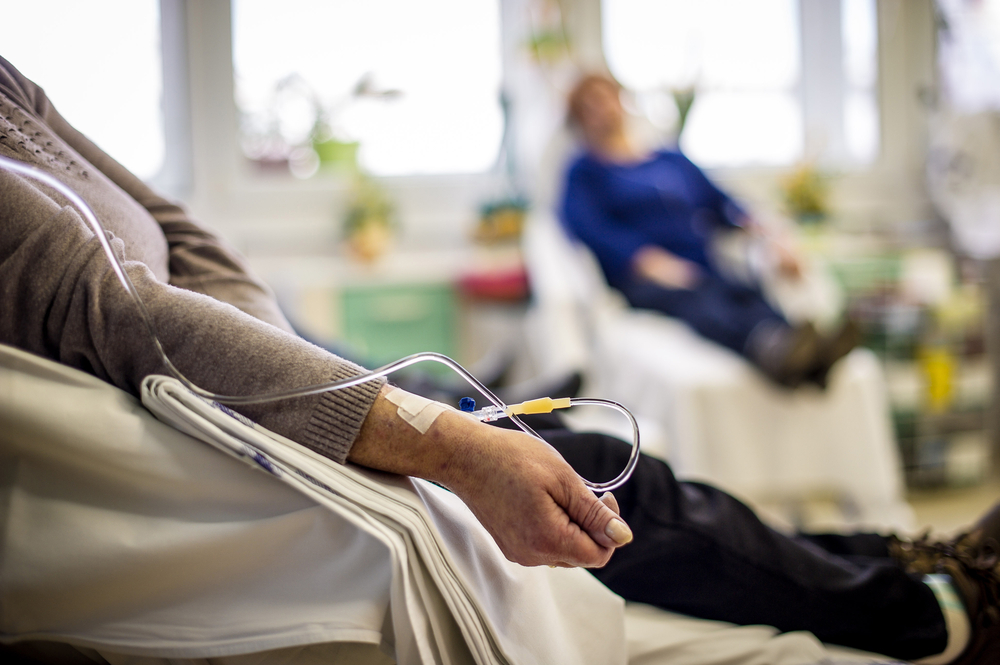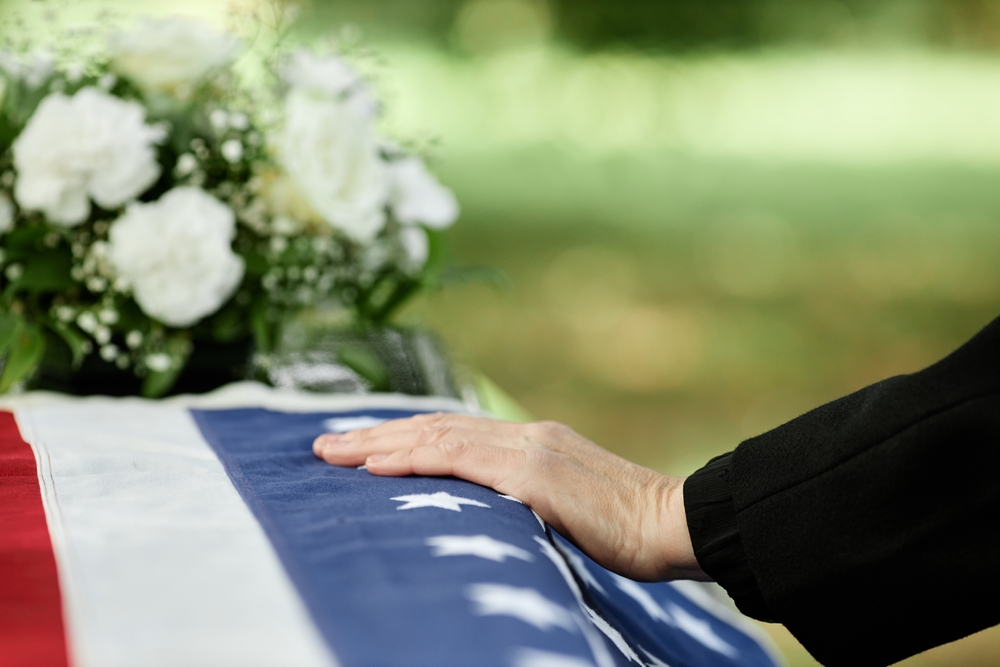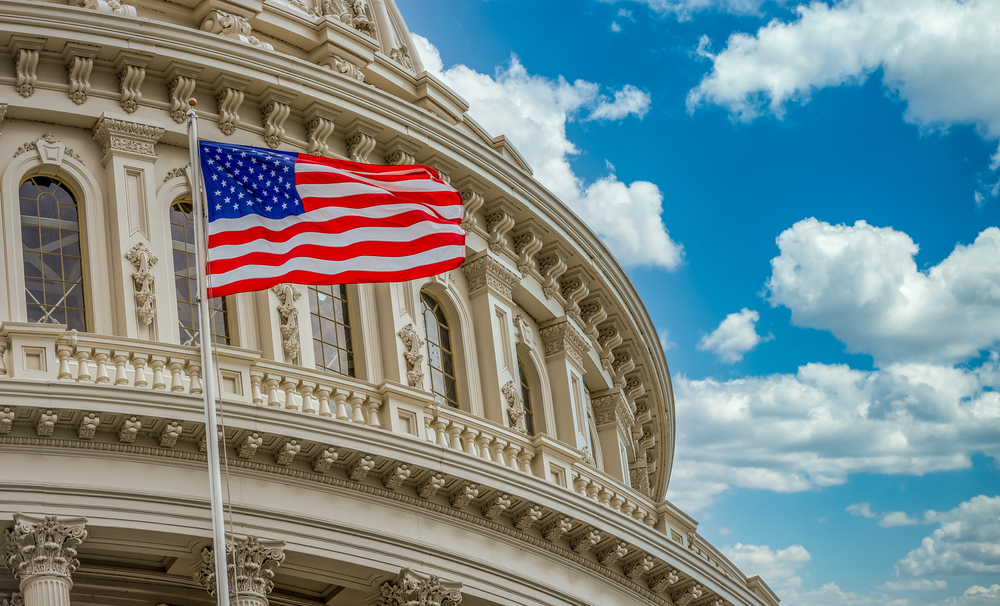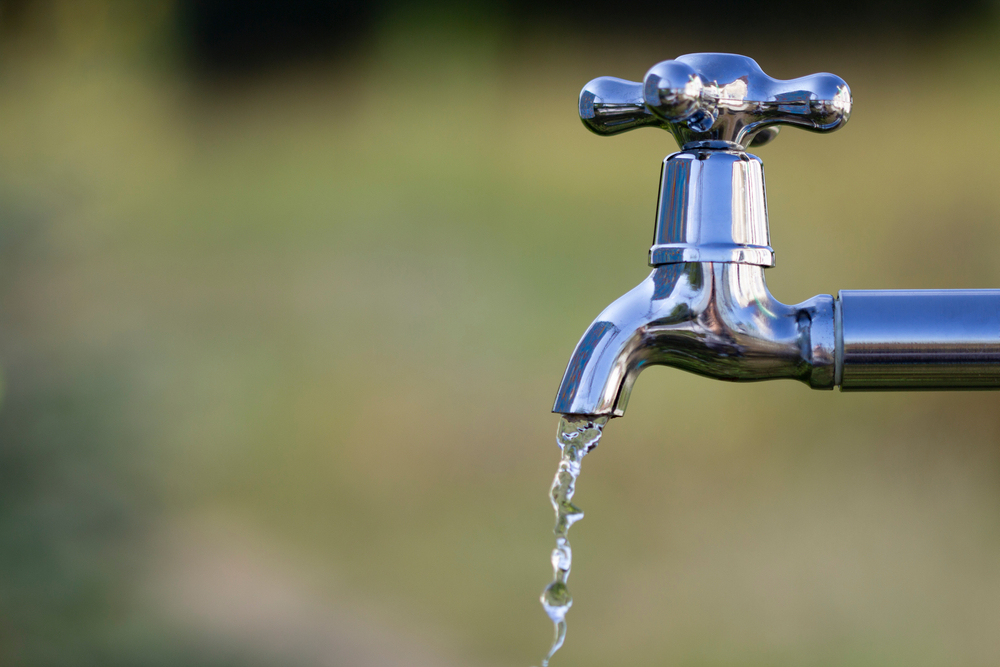How Did Camp Lejeune Water Contamination Harm Those Living and Working There?
If the Honoring our PACT Act of 2022 passes, President Joe Biden will sign it making it possible for individuals exposed to toxic chemicals through the water supply at Camp Lejeune to file a lawsuit against the United States government. While the Camp Lejeune legislation will not erase the mistakes made at the oldest U.S. Marine Corps base, it will make it easier for victims to receive medical attention and financial support for their life-altering injuries. The bill is still making its way through the legislative process.
Marines have always known heading off to combat meant they were intentionally going into harm’s way, and in the mid-20th Century, it was no different for those stationed at Camp Lejeune who were heading off to Korea, Lebanon and Vietnam. However, they could find solace while living on the Camp Lejeune base in Jacksonville, North Carolina. They were safe and secure for at least a moment, or so they thought.

History of Camp Lejeune Toxic Water Contamination
For about 30 years, residents and workers at Camp Lejeune used tap water for drinking, bathing, cleaning and cooking without realizing the water was toxic.
In two of Camp Lejeune’s water treatment plants, life-threatening pollutants and human carcinogens, including trichloroethylene, tetrachloroethylene, vinyl chloride and benzene, flowed through the pipes undetected.
The Hadnot Point water treatment plant was contaminated by leaking underground storage tanks, industrial area spills and waste disposal sites. Chemicals contaminated the Tarawa Terrace water treatment plant from a nearby dry cleaner.
According to the Agency for Toxic Substances and Disease Registry (ATSDR), the toxins began infiltrating the water in August 1953. By the time the U.S. government conducted an investigation and shut down the two systems in 1987, one million people had unknowingly been exposed. Along with that, an estimated 500,000 people contracted major and often catastrophic illnesses, including various cancers, multiple myeloma, renal toxicity, infertility, myelodysplastic syndromes, scleroderma and hepatic steatosis.
Although many years have passed since the Camp Lejeune water contamination occurred, medical and financial support for the victims has come in fits and starts. And, despite actions by the government, including the Environmental Protection Agency (EPA) identifying Tarawa Terrace at Camp Lejeune as a Superfund site in 1989, many former Camp Lejeune residents and workers, who had moved away from North Carolina after completing service, did not learn about the contamination until the late 1990s when the ATSDR began contacting individuals for research projects designed to determine the contamination’s long-term effects.
The first study concerned the high number of miscarriages at Camp Lejeune. ATSDR conducted the research in 1998, sending a questionnaire focused on pregnant women who lived on the Camp Lejeune base between 1968 and 1985.
As the agency reached out to former residents for information, victims, many inflicted with an illness but unaware of how they contracted it, began putting the pieces together, realizing they were sick because of their time at Camp Lejeune. The study revealed that more than 100 pregnancies resulted in children having birth defects or childhood cancers.
Is Help Available for Camp Lejeune Water Contamination Victims?
As the government began recognizing the impact of contamination on public health, lawmakers started creating legislation to support the victims. The first major law in support of the victims was the Camp Lejeune Families Act of 2012, also known as Janey Ensminger Act. This law made it possible for military service members impacted by the contamination to more easily receive health care through the U.S. Department of Veteran Affairs (VA). Any veteran who served on active duty at Camp Lejeune for at least 30 days between January 1, 1957, and December 31, 1987, and their family members, could receive medical services if they suffered from any of 15 listed cancers and other illnesses or conditions.
The illnesses and conditions included esophageal cancer, breast cancer, kidney cancer, multiple myeloma, renal toxicity, female infertility, scleroderma, non-Hodgkin’s lymphoma, lung cancer, bladder cancer, leukemia, myelodysplastic syndromes, hepatic steatosis, miscarriage and neurobehavioral effects.
While this Act was a start, some considered it flawed because it did not include disability benefits.
Therefore, in 2017, President Barack Obama took on the issue of disability insurance by agreeing to make a total of $2 billion available to veterans, reservists, and National Guard members impacted by the contamination. To receive the disability assistance, the individual had to suffer from one of eight diseases, including kidney cancer, liver cancer, non-Hodgkin’s lymphoma, adult leukemia, multiple myeloma, Parkinson’s disease, aplastic anemia and other myelodysplastic syndromes or bladder cancer.
Camp Lejeune Lawsuits Could Be Filed Soon
If the Honoring our PACT Act of 2022, which encompasses the Camp Lejeune Justice Act, is passed and signed by President Biden, both civilians and military personnel will be able to file Camp Lejeune lawsuits to seek damages sustained by the water crisis at Camp Lejeune. Until now, it has been difficult to do this because of an obscure North Carolina law calling for a ten-year statute of repose for claimants to file lawsuits (North Carolina is the only state to have such a law). However, once the Camp Lejeune Justice Act is officially on the books, impacted individuals, previously legally prohibited from filing claims due to time requirements, will be allowed a two-year window to bring claims and recover damages from exposure to the contaminated water.
Further, the 2022 Camp Lejeune Justice Act will allow victims that have received health benefits from the Veterans Administration to be still eligible for reparation for medical coverage and compensation for loss of quality of life, pain and suffering.

















